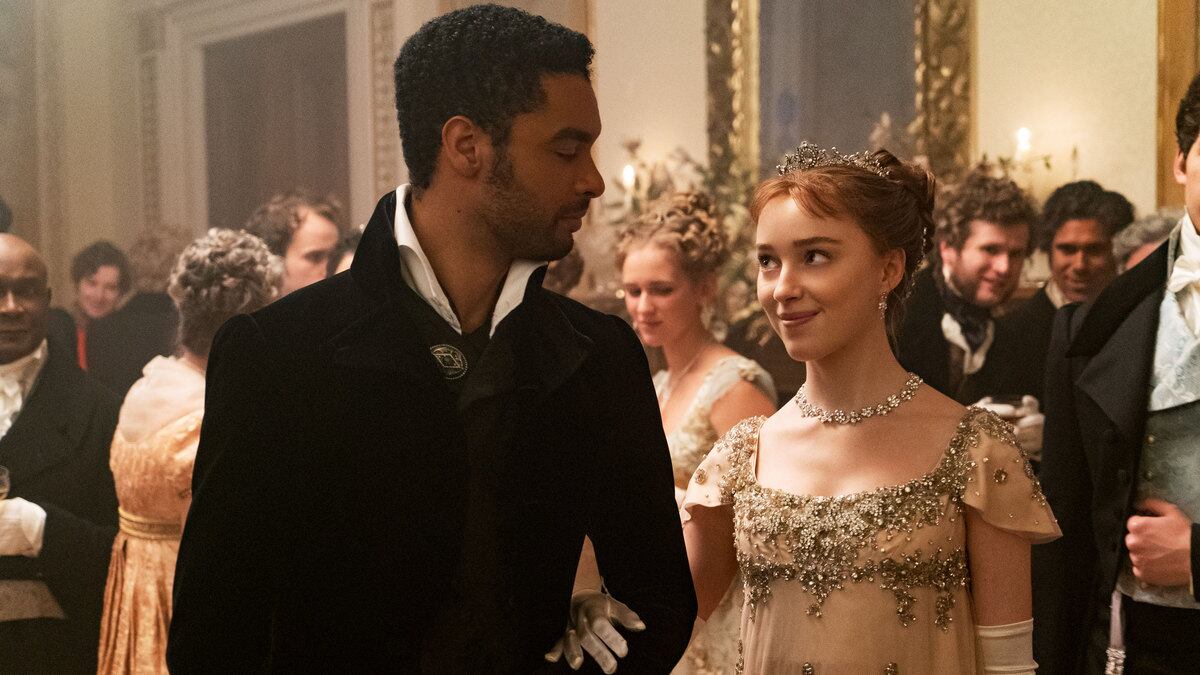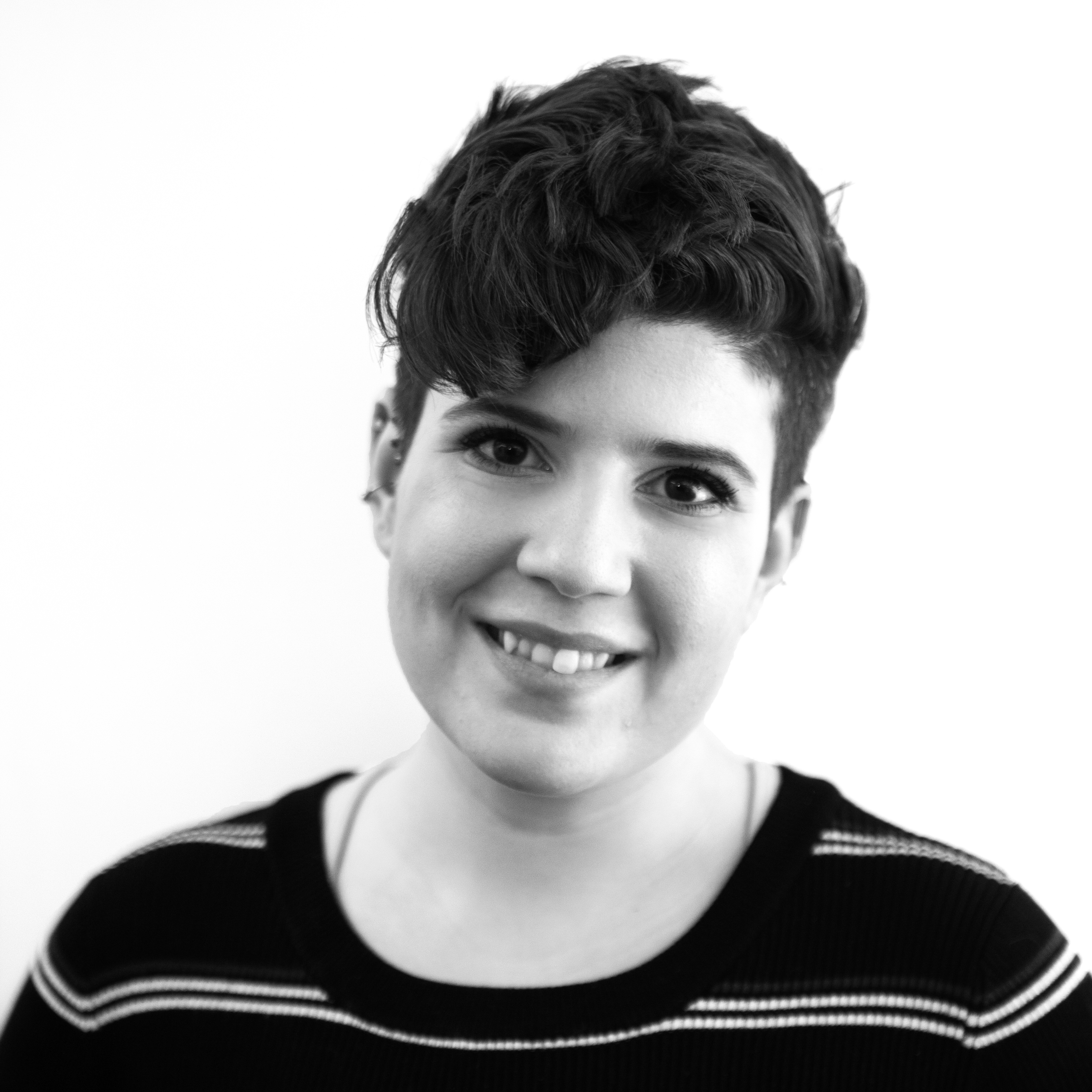Spend too much time binge-watching Netflix’s new Shonda Rhimes-produced, Regency era romance series Bridgerton, and you might come away haunted by a single question: Does Regé-Jean Page, the British actor who plays its rakish lead, Duke of Hastings Simon Basset, have a single bad angle?
When offered the chance to address this question himself, the actor jokingly informed this writer that he does not appreciate the quest to find a chink in his sexy armor. “If you discover one, do let me know,” he added. “Send me an email, and I’ll do my best to have that shot burned.”
It might be a stretch to say that Bridgerton, a crisply ruffled courtly romance based on a series by author Julia Quinn, is the show we “need” right now. Still, after an excruciating year, the beautifully crafted, delightfully executed romance is certainly a welcome arrival. And it doesn’t hurt that series creator Chris Van Dusen and Rhimes know how to deliver what pleasures romance fans most—equal parts lust and silver-tongued repartee that’s rife with double entendre—while also moving the genre forward.
Page plays the swoon-worthy Simon Basset, who teams up with his best friend’s younger sister in a pretend-dating scheme that leads exactly where these gambits always do. Before long, Simon is head over heels for Daphne Bridgerton, a prim ingénue who quickly develops romantic, racy feelings of her own toward her pretend boyfriend.
But even as Simon and Daphne marry and begin fornicating like rabbits all over their immaculate home, the two find themselves dealing with a whole host of problems—not the least of which is Lady Whistledown, the clandestine figure whose newsletter about the town goings-on lends this Downton Abbey riff some distinct Gossip Girl vibes. Julie Andrews voices the secretive scribe, who narrates the series, although unfortunately her duties never brought her to set. (“If she did [stop by], she was very well disguised,” Page quipped.)
As with pretty much every Shondaland production, Page notes that Bridgerton’s creators also committed to using their chosen genre to tell modern stories that represent a broader swath of the audience.
“People expect a very, very rigid set of rules around anything that you set in the Regency period,” Page said. “It was time to see if we could kind of remix and interrogate and [incorporate] some interesting 21st century conversation.”
Beyond the show’s clear (and horny) female gaze, which Page recognizes as something of a Shondaland hallmark, Bridgerton also assembled a diverse cast to bring the books to life. The show even cast Black British actress Golda Rosheuvel to play Queen Charlotte—who married George III in 1761, and who some historians believe was Black. Predictably, forum discussions and comments under various articles about the show’s casting have at times devolved into arguments about the choice to portray Regency-era Britain as being quite this inclusive. But as Page put it, making casts more reflective of their audiences is “a complete no-brainer.”
“I don’t think there’s a question of the historical accuracy of the existence of brown people,” Page said. “We existed in the past; we exist in the present; we will exist in the future... There have been rich and interesting people of every shape and hue in the past, present, and future. So again, it’s simply a matter of being interested in those stories and having the imagination to tell them.”
“It shouldn’t require this much attention,” the actor added. “To cease to continue to be oppressive is not something anyone should get cookies for.”
From the jump, Page said, Bridgerton’s producers discussed how to make this series modern and inclusive. And since Bridgerton is his second Shondaland production after the Rhimes-produced legal drama For the People on ABC, Page felt even more comfortable diving into these conversations. Asked if he had hoped to work on another Rhimes show, Page said, “It’s like when you get a really great Christmas present and you're like, ‘Great! I’m going to dream of getting a Ferrari as well.’” He hadn’t imagined the possibility, he said—“but then the Ferrari did just come along.”
But really, the core of Bridgerton is the collection of joyful performances at its center—and the lavish production details that surround them as they unfold. As Simon, Page deftly toes that all-too-bewitching line between brooding unknowability and hidden vulnerability—and Phoebe Dynevor brings just the right level of earnestness and grit to ensure Daphne’s innocence never defines her. Derry Girls actress Nicola Coughlan brings wonderful complexity to her wallflower character, Penelope “Pen” Featherington, while Rosheuvel is a haughty delight as the sky-high-wigged Queen Charlotte. And all their social interactions unfold in sparkling, cavernous ballrooms and castles—beneath several layers of sumptuous costume.
Page knows how crucial the ballroom scenes are to the romance genre, and to developing Simon and Daphne’s chemistry. “They’re the most intimate space in the show,” he said. “They’re where people often get to be most honest with each other in a world that is all about repression, and holding things in, and kind of speaking with subtext beneath what you’re actually saying.”
Put another way? “It’s physical Tinder,” Page added. “Like, there’s aggressive swiping left going on—just in a much more in-person way—at a lot of these balls.”
Doing the dances in such wildly extravagant settings also made it easier to get in character, the actor admits. “We were always hanging out in some kind of old, grand, gold castle somewhere,” he said. “Which was a privilege because it means that you don't have to do the imaginative work... That portrait is real; it is a 14th century king.”
And then, of course, there are the costumes, a grand undertaking all on their own. Each house, from the Bridgertons’ to the Featheringtons’, has its own distinct style. Simon, Page notes, wears his collars lower than most other gents in town—a nod to the style the Romantic poet Lord Byron popularized. And, in a detail modern audiences might more immediately register, he also wears his tie—actually, Page makes sure to note, it’s a stock, as he was once emphatically corrected—looser than the other men about court. And as Page notes, “The fact that he wears his riding boots practically everywhere, including to bed is not an accidental decision.”
Like the dances, Page said, the costumes in Bridgerton are more than mere window dressing; they’re another vehicle for driving home the story and its themes of influence and glamour. “The scale of the ambition of the show is staggering,” the actor said. “We had a crew larger than Star Wars at one point, and it sounds like most of them were the wardrobe department.” (“Don't quote me on that part,” he quickly added. “I wouldn’t know.”)
One thing Page can now say he does know after making this series? Pretending to kiss under a waterfall of fake rain is no easy feat. It is, in fact, as he described it, “a very technical activity.”
“It might look terribly romantic,” the actor cautioned. “But there’s all kinds of figuring out how to breathe in that. There’s only so many places you can take air in from, and when they’re covered in water and other people, it can get very tricky.”
Rest assured, however, that you’ll never be able to tell by looking at the finished product.

